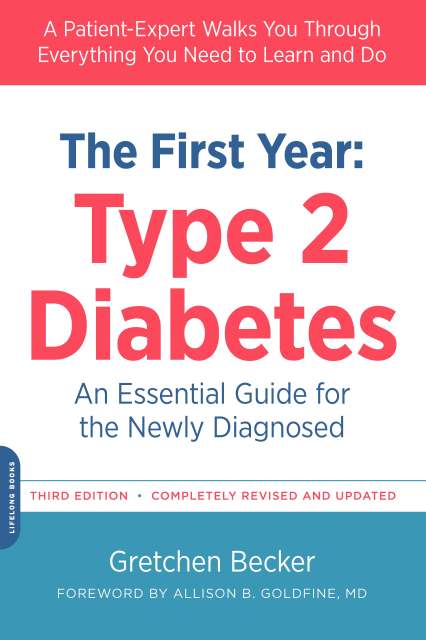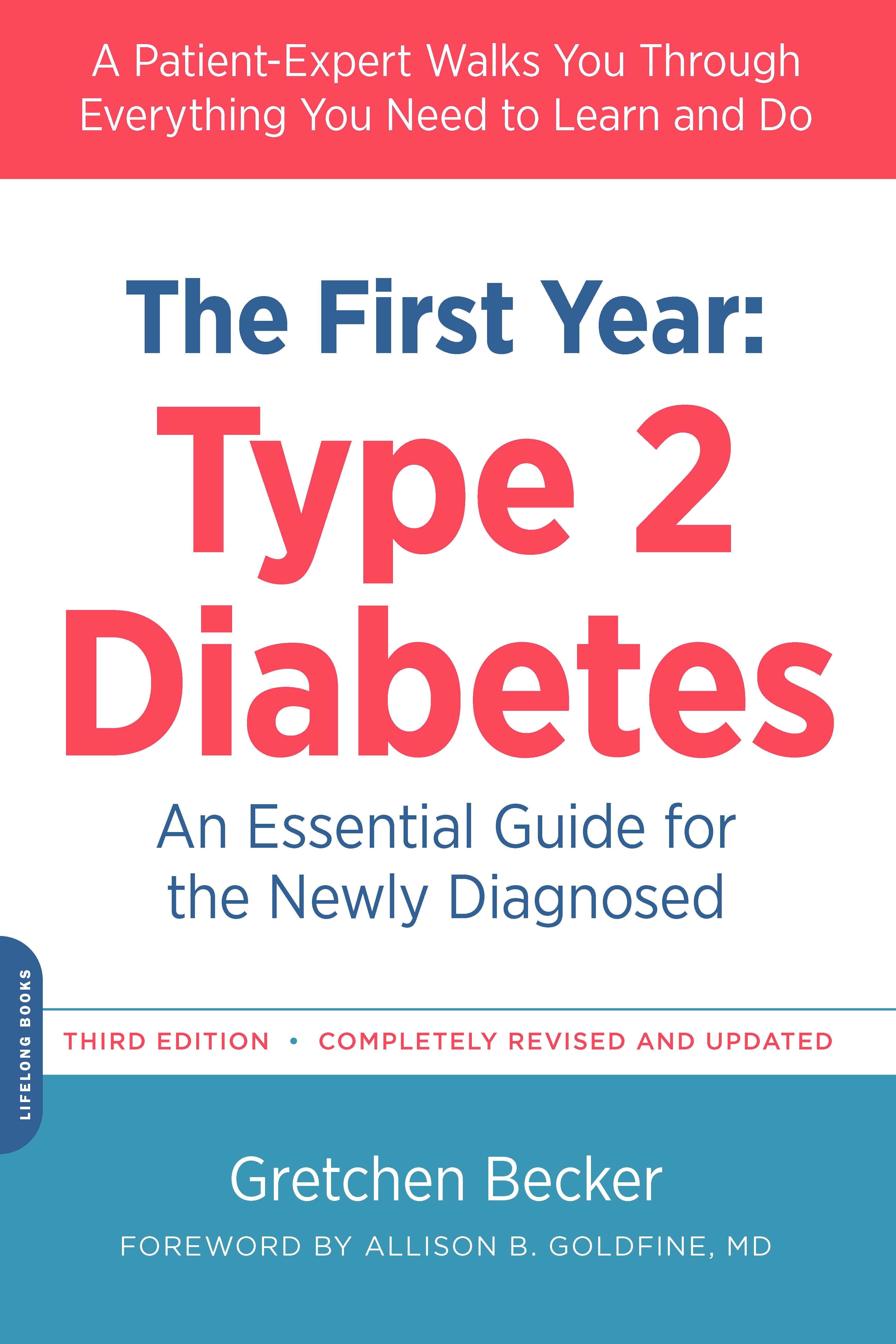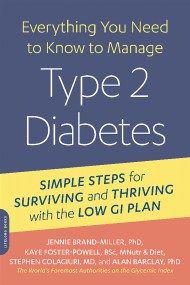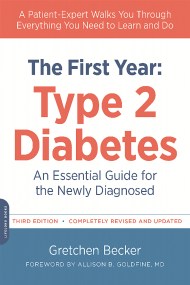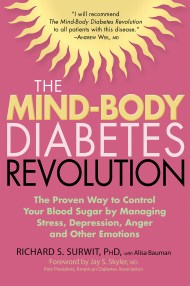Promotion
Use code MOM24 for 20% off site wide + free shipping over $45
The First Year: Type 2 Diabetes
An Essential Guide for the Newly Diagnosed
Contributors
Foreword by Allison Goldfine, MD
Formats and Prices
Price
$11.99Price
$15.99 CADFormat
Format:
- ebook $11.99 $15.99 CAD
- Trade Paperback $18.99 $23.99 CAD
This item is a preorder. Your payment method will be charged immediately, and the product is expected to ship on or around October 27, 2015. This date is subject to change due to shipping delays beyond our control.
Also available from:
Diabetes is one of the fastest growing diseases in the world; the American Diabetes Association reports that 1.7 million new diagnoses are made each year. After her own diagnosis, Gretchen Becker became a “patient-expert,” educating herself on every aspect of type 2 diabetes and eventually compiling everything she had learned into this step-by-step guidebook for others. Now in its third edition, The First Year: Type 2 Diabetes takes you through everything you need to know and do in your first year with diabetes. In clear and accessible language, Becker covers a wide range of practical, medical,and lifestyle issues, from coming to terms with your diagnosis to diet and exercise, testing routines, insurance issues, and the most up-to-date information on new medications and supplements.
Genre:
-
Brattleboro Reformer, 10/29/15
“The book…explains the science of diabetes in a way that the average patient can understand.”
- On Sale
- Oct 27, 2015
- Page Count
- 400 pages
- Publisher
- Da Capo Lifelong Books
- ISBN-13
- 9780738218618
Newsletter Signup
By clicking ‘Sign Up,’ I acknowledge that I have read and agree to Hachette Book Group’s Privacy Policy and Terms of Use
